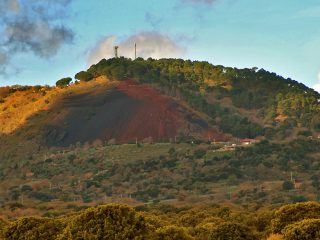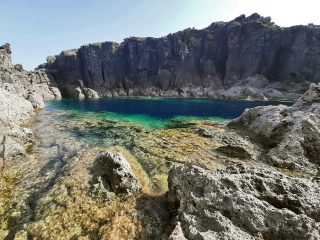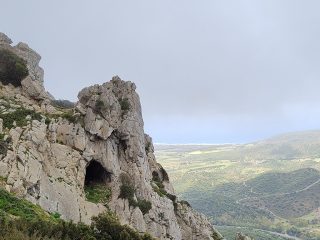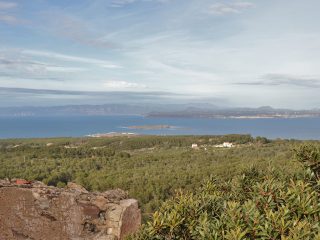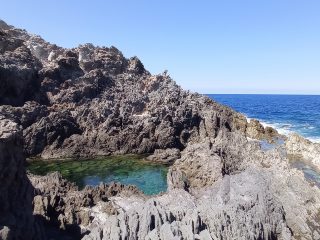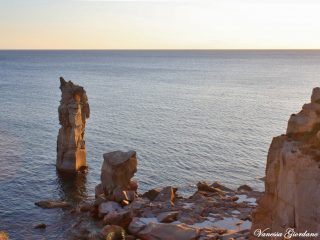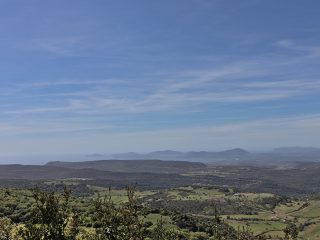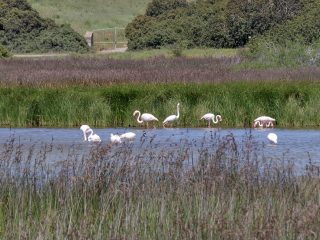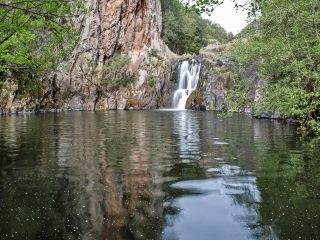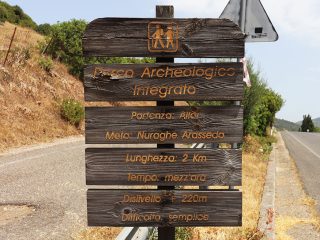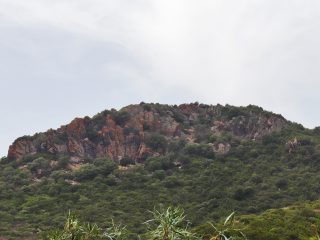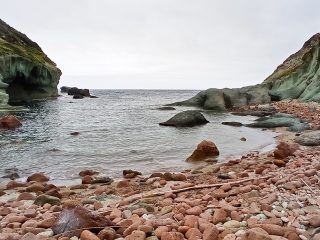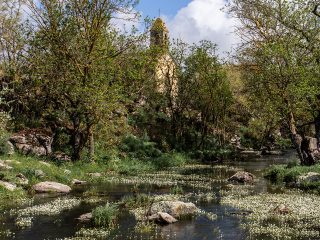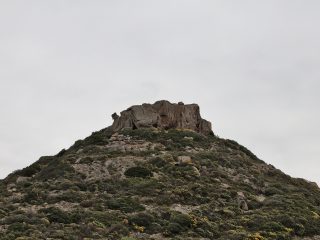The Forest of Pantaleo extends across the municipalities of Santadi and Nuxis, in the province of Sud Sardegna.
It covers around 4,200 hectares and is part of the vast Gutturu Mannu forestry system, which falls between the municipalities of Assemini, Capoterra, Pula, Santadi, Sarroch Siliqua, Teulada, Uta and Villa San Pietro.
The Pantaleo forest is considered one of the most extensive holm oak woods in the world. As well as the holm oak, the forest is also home to cork, English yew, holly, Mastic tree, myrtle and the strawberry tree, the Genista aetnensis and specimens of elder and Montpellier maple, as well as typical Mediterranean shrub bush and herbaceous essences. In springtime, the violet flowers of the peony make their appearance. Two unusual features include the largest eucalyptus tree in Sardinia and the presence of “crossbreed” plants of cork and holm oak.
From a fauna point of view, Pantaleo is one of the natural habitats for the Sardinian deer and is also home to colonies of fallow deer, boar, weasels, wild cats, martens and foxes.
Flying overhead, you can spot different migratory birds while the birds of prey are nesting. It is also possible to catch a glimpse of the golden eagle, goshawk, peregrine falcon and sparrowhawk.
Since 1988, the forest has been home to a fauna centre for breeding Sardinian hares (Lepus capensis mediterraneus), a species considered at risk of extinction. The centre can be visited following a teaching itinerary.
Nearby, we can also find Sa Spindua where it is possible to observe rapids and waterfalls along the course of the rio Maxias.
Panteleo is also rich in archaeological findings like the Is Figueras thermal baths dating from Roman times. There are also a number of industrial archaeological sites, with charcoal kilns linked to the production of coal for gunpowder, active between 1872 and 1951. The coal was transported along a small railway line to Porto Botte and from here transported to the French ports of Marseilles and Toulon.
The Forestas organisation has a base here and it is involved in different projects to enhance the forest.




